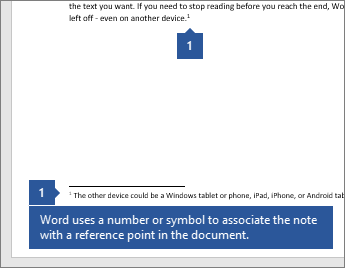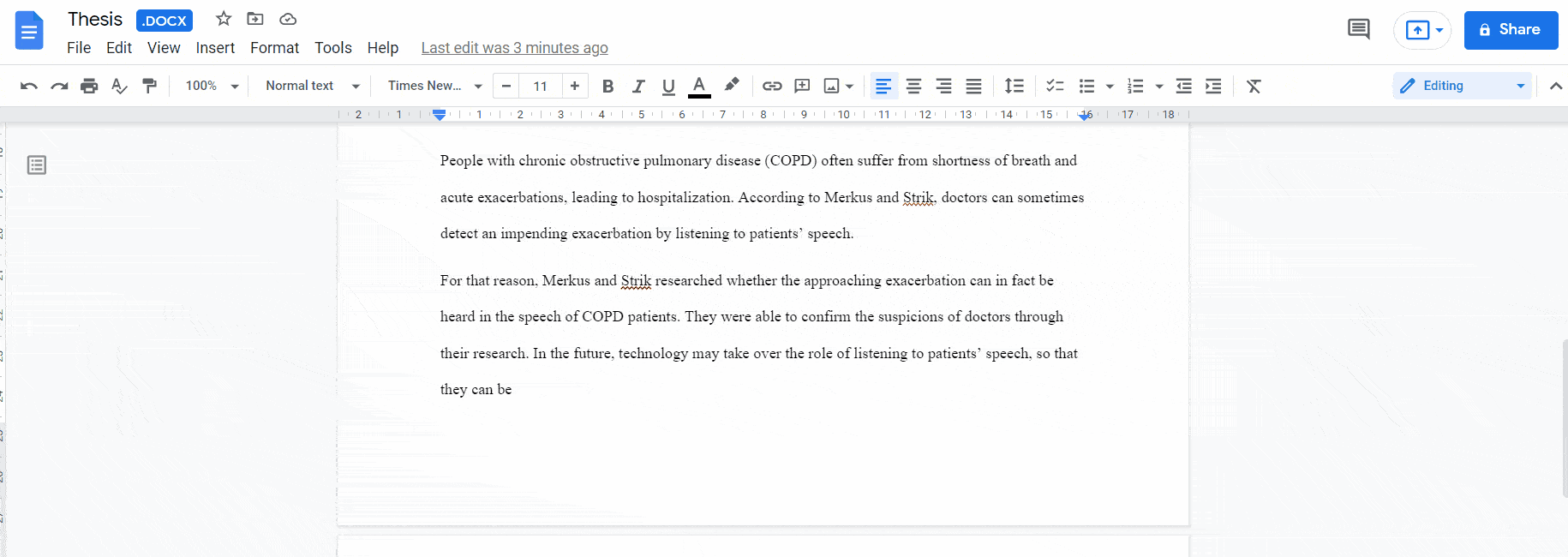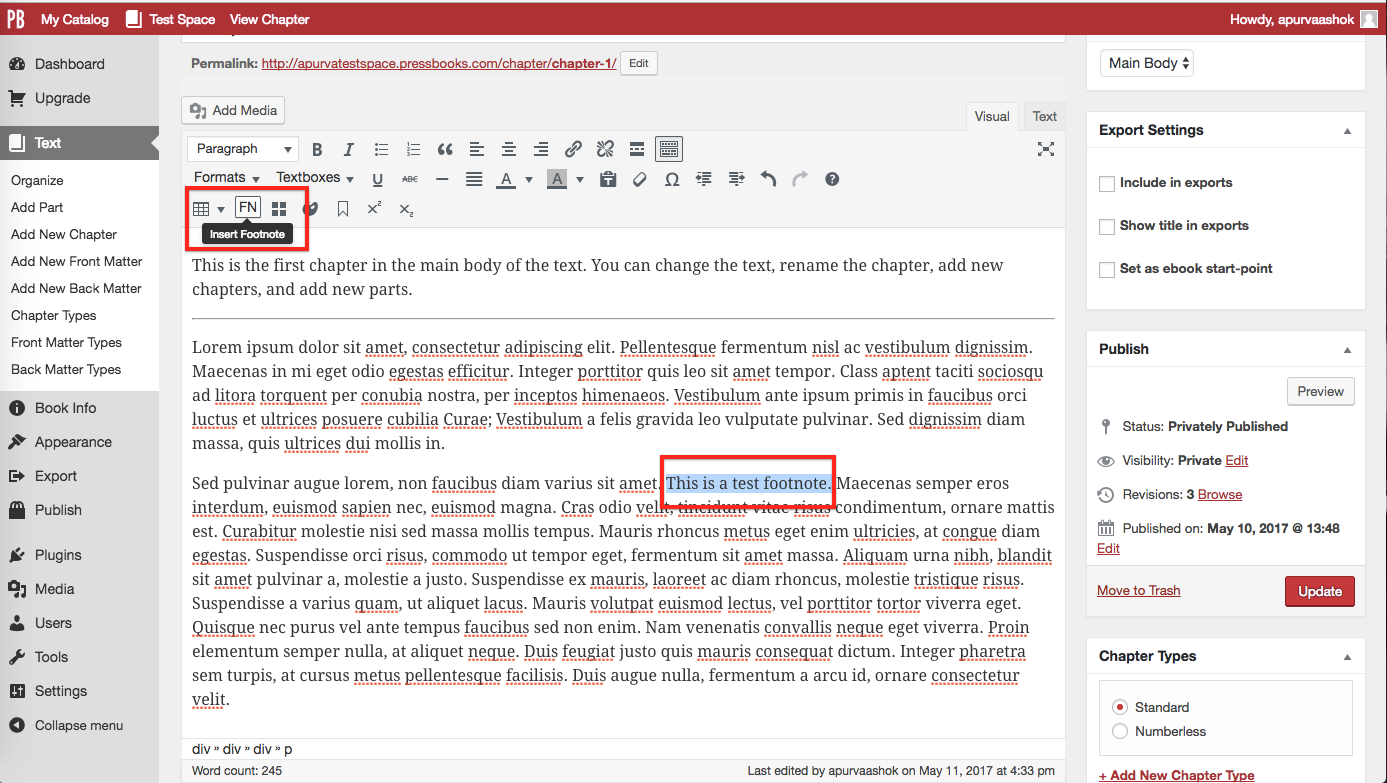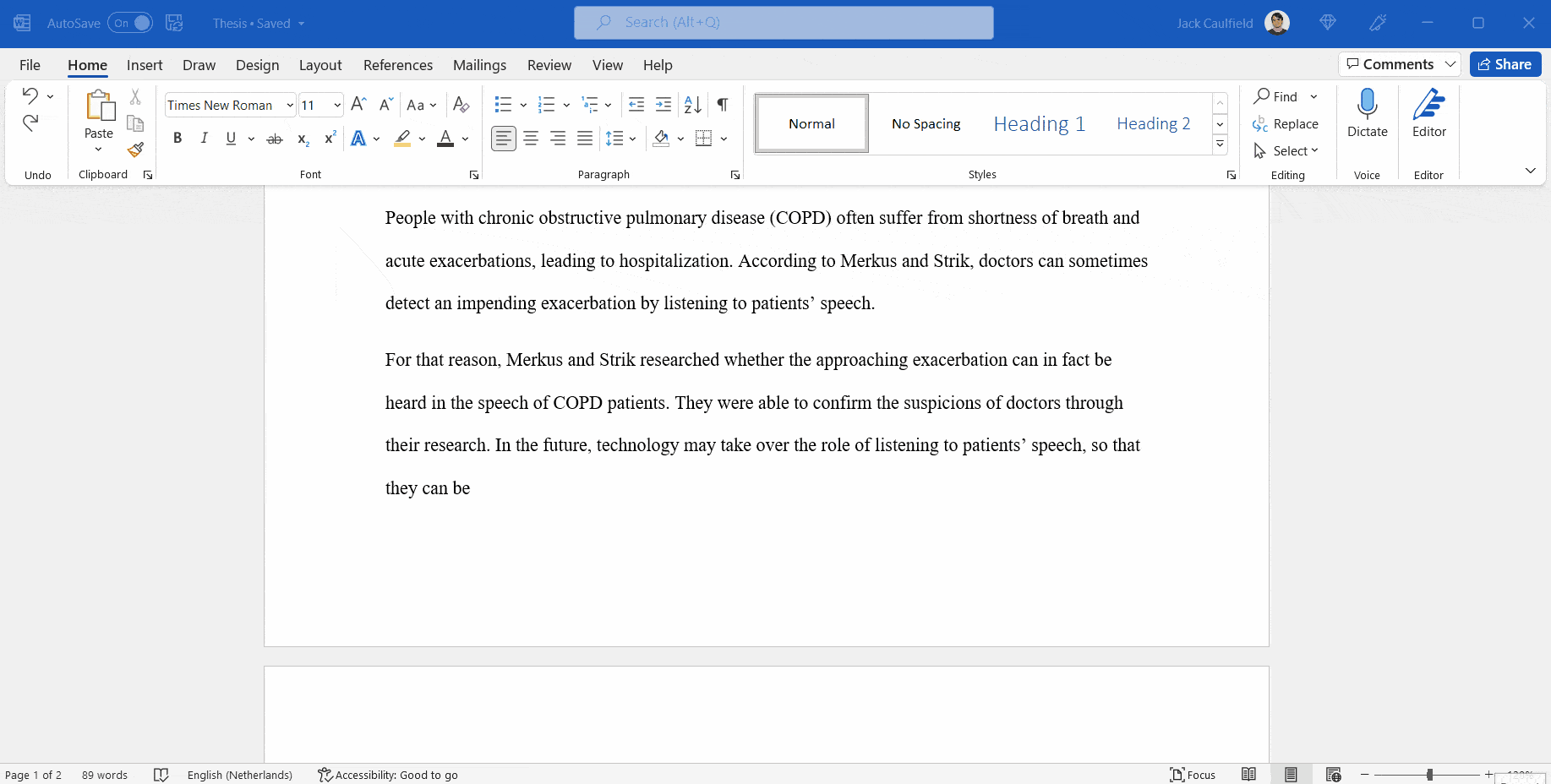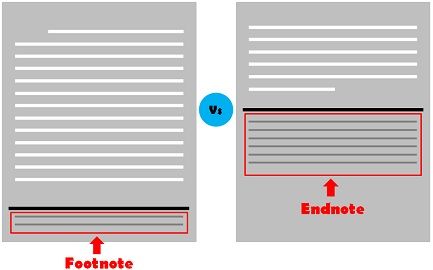Footnotes and endnotes are used in academic writing to provide additional information or to give credit to the sources of the information used in the text. They are an important part of the writing process, as they help to establish credibility and provide readers with the opportunity to further explore the subject matter. In this essay, we will discuss how to use footnotes and endnotes effectively in your writing.
First, let's define footnotes and endnotes. A footnote is a reference, explanation, or comment that is placed at the bottom of a page in a document. It is usually indicated by a superscript number or symbol in the text, which corresponds to the footnote at the bottom of the page. On the other hand, an endnote is a reference, explanation, or comment that is placed at the end of a document, rather than at the bottom of a page. Like footnotes, endnotes are indicated by a superscript number or symbol in the text, but they are collected together and placed at the end of the document, rather than at the bottom of each page.
There are several reasons why you might use footnotes or endnotes in your writing. One common reason is to provide additional information that is not essential to the main argument of the paper, but that might be of interest to the reader. For example, you might use a footnote to provide additional context or background information on a particular topic. Another reason to use footnotes or endnotes is to give credit to the sources of the information used in the text. This is especially important in academic writing, where it is essential to properly cite the sources of the information used in the paper.
When using footnotes or endnotes, it is important to follow the style guide for your particular field. Different disciplines and journals have different rules for formatting and citing sources, so be sure to consult the appropriate style guide for your field. In general, however, there are a few key things to keep in mind when using footnotes and endnotes.
First, be sure to use footnotes or endnotes consistently throughout the document. If you use footnotes in one part of the paper, be sure to use footnotes throughout the paper. The same is true for endnotes. Consistency is important to help the reader understand how to interpret the footnotes and endnotes in your paper.
Second, be sure to include all necessary information in the footnote or endnote. This typically includes the author's name, the title of the work, and the publication information (such as the publisher and the year of publication). If you are citing a specific page or chapter, be sure to include that information as well.
Finally, be sure to use footnotes and endnotes sparingly. While they can be a useful tool for providing additional information or giving credit to sources, they should not be overused. Overuse of footnotes or endnotes can make the text difficult to read and can distract the reader from the main argument of the paper.
In conclusion, footnotes and endnotes are a useful tool for providing additional information or giving credit to sources in academic writing. When using footnotes and endnotes, be sure to follow the style guide for your particular field, use them consistently throughout the document, include all necessary information, and use them sparingly. By following these guidelines, you can effectively use footnotes and endnotes to enhance your writing and establish credibility in your field.
